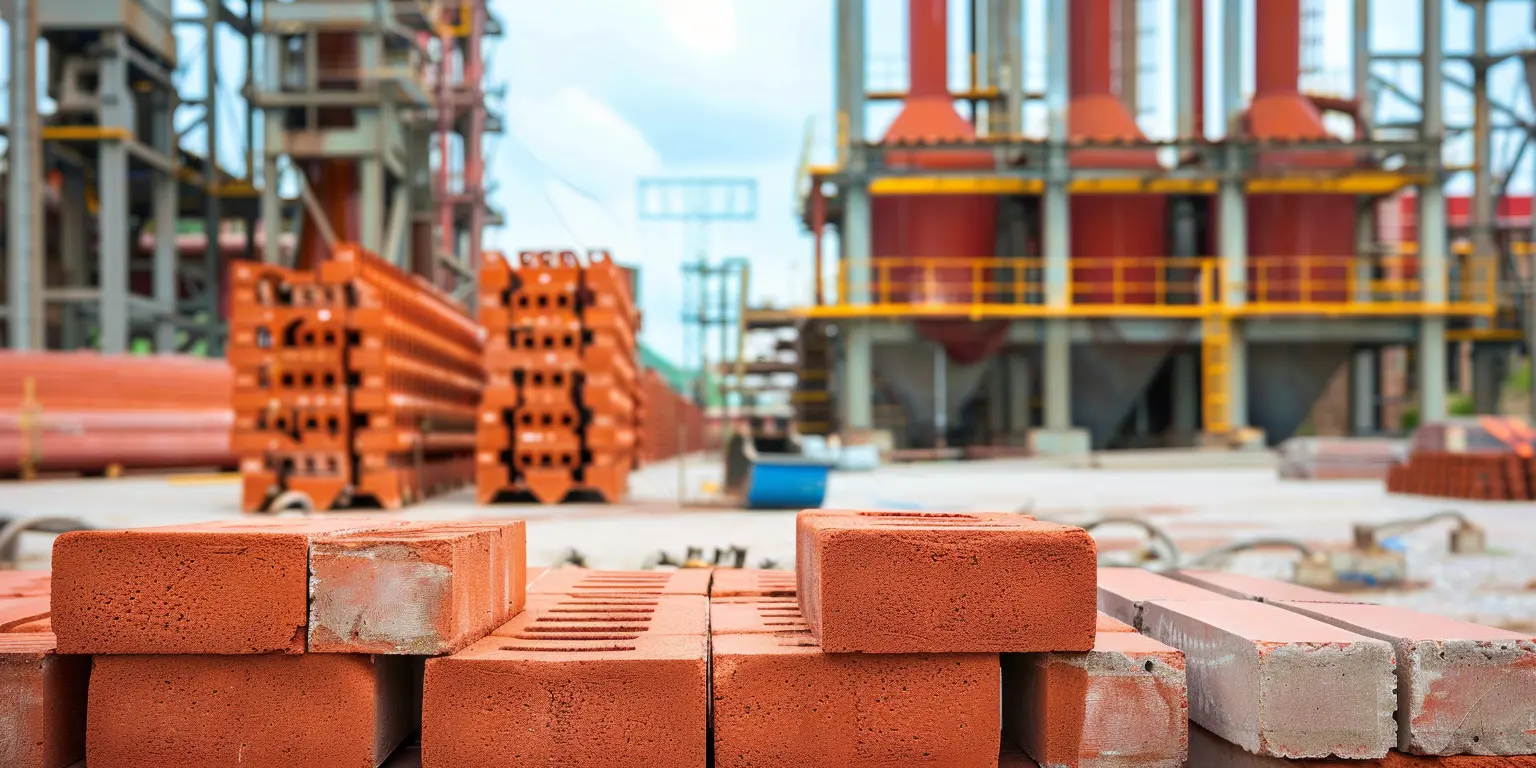In the power industry, effective thermal protection is crucial for optimizing performance and ensuring the longevity of equipment. This guide aims to provide essential guidelines for selecting and applying high-temperature insulation materials, thus enhancing energy efficiency in various power applications.
Selecting appropriate insulation materials involves several key considerations, including thermal conductivity, temperature tolerance, and mechanical strength. Here are some widely used high-temperature insulation materials:
.jpg)
High alumina bricks exhibit excellent heat resistance and are suitable for use in high-temperature applications. Their ability to withstand thermal shock makes them ideal for power plants.
.jpg)
These bricks are resistant to both chemical and thermal degradation, making them a popular choice for insulation in environments exposed to high temperatures.

Acid resistant bricks are essential in areas where equipment may come into contact with corrosive substances, ensuring longevity and reliability.
Proper application techniques are vital for maximizing the performance of insulation materials. Consider the following: - Ensure surface preparation is thorough - Use appropriate bonding agents - Follow standardized installation procedures
In summary, selecting the right high-temperature insulation materials is critical to optimizing the performance of power industry equipment. By following the guidelines provided in this article, industry professionals can enhance energy efficiency and prolong the lifespan of their systems.
